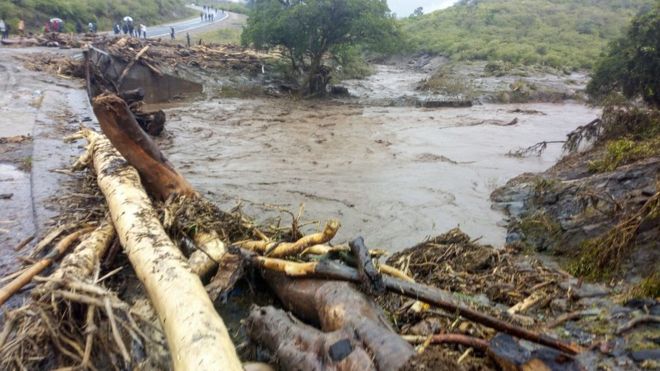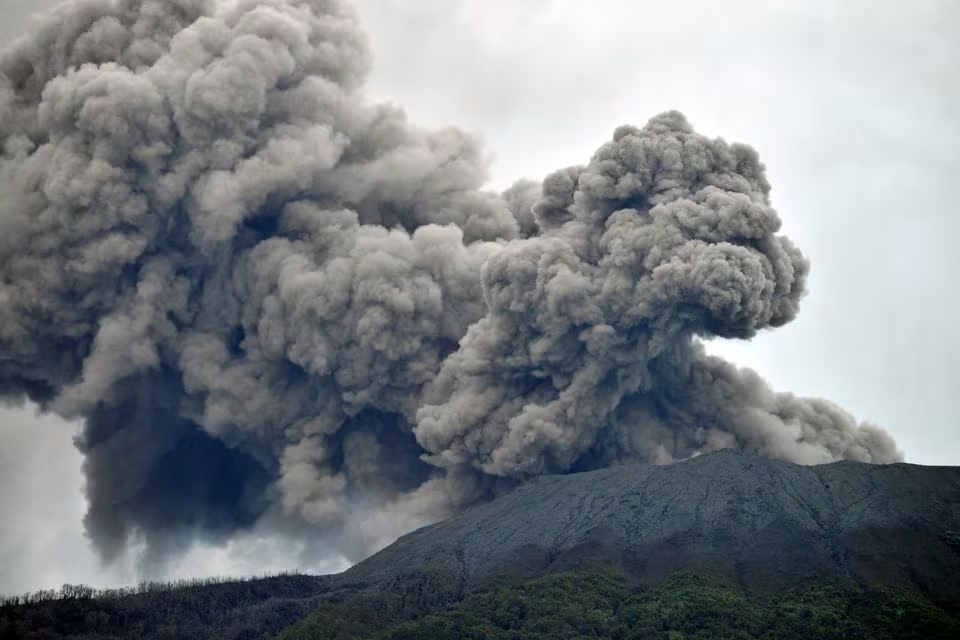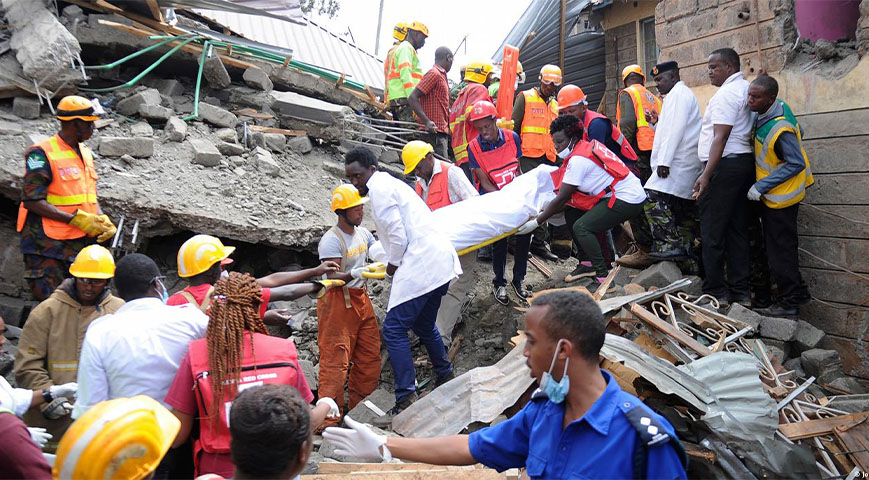Indian ocean dipole has been linked to the floods and landslides being experienced in Kenya and East Africa in general.
The weather events have been linked to higher-than-usual temperature differences between the two sides of the Indian Ocean – something meteorologists refer to as the Indian Ocean Dipole.
Indian Ocean dipole is an equivalent of El nino and is commonly referred to as Indian nino. This means that there is a difference in sea-surface temperatures in opposite parts of the Indian Ocean.
In a report by the BBC, the events occurring at the Indian Ocean are a major cause the higher than usual rainfall being experienced in East African countries which includes Kenya.
“When an Indian Ocean dipole event occurs, the rainfall tends to move with the warm waters, so you get more rainfall than normal over the East African countries,” a lecturer in monsoon systems at the UK’s University of Reading is quoted to have told BBC.
“On the other hand, in the east of the Indian Ocean, sea surface temperatures will be colder than normal and that place will get a reduced amount of rainfall.” He said.
Heavy downpours have affected most parts of Kenya with the highest hit being West Pokot. Other countries including Djibouti, Ethiopia, Uganda, Tanzania, Somalia and South Sudan have been badly affected with flash floods and landslides hitting communities across the region.
According to the UN Office for the Coordination of Humanitarian Affairs almost 300 people have died and 2.8 million people have been affected.
In Kenya the met Department said the heavy rains could continue into the New Year.
The Famine Early Warning Systems Network has warned of further flooding in Kenya and the Lake Victoria basin as well as areas of Tanzania, Rwanda and Burundi.
The Indian dipole is as well causing the bush fires being experienced in Australia due to the high temperatures.
-BBC













